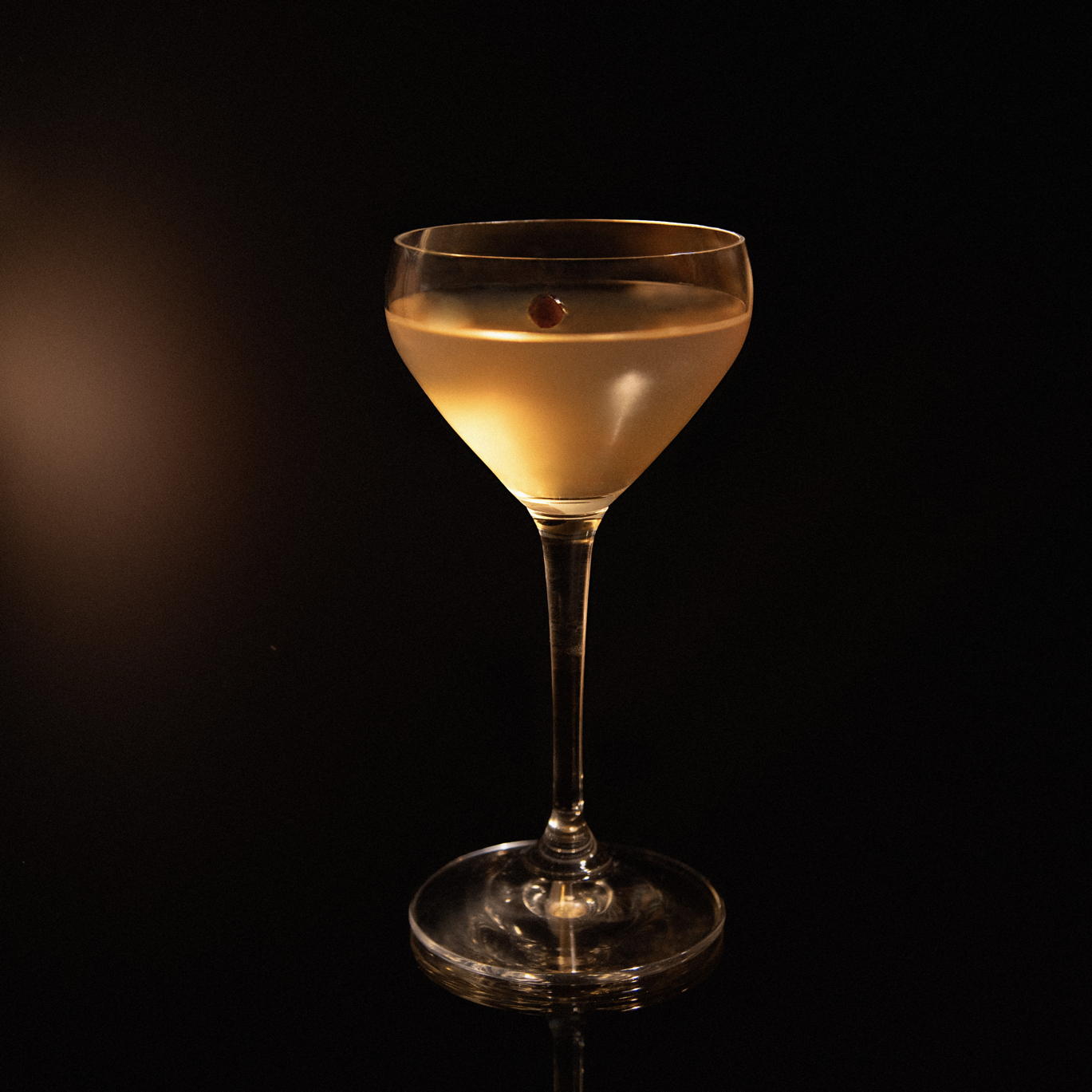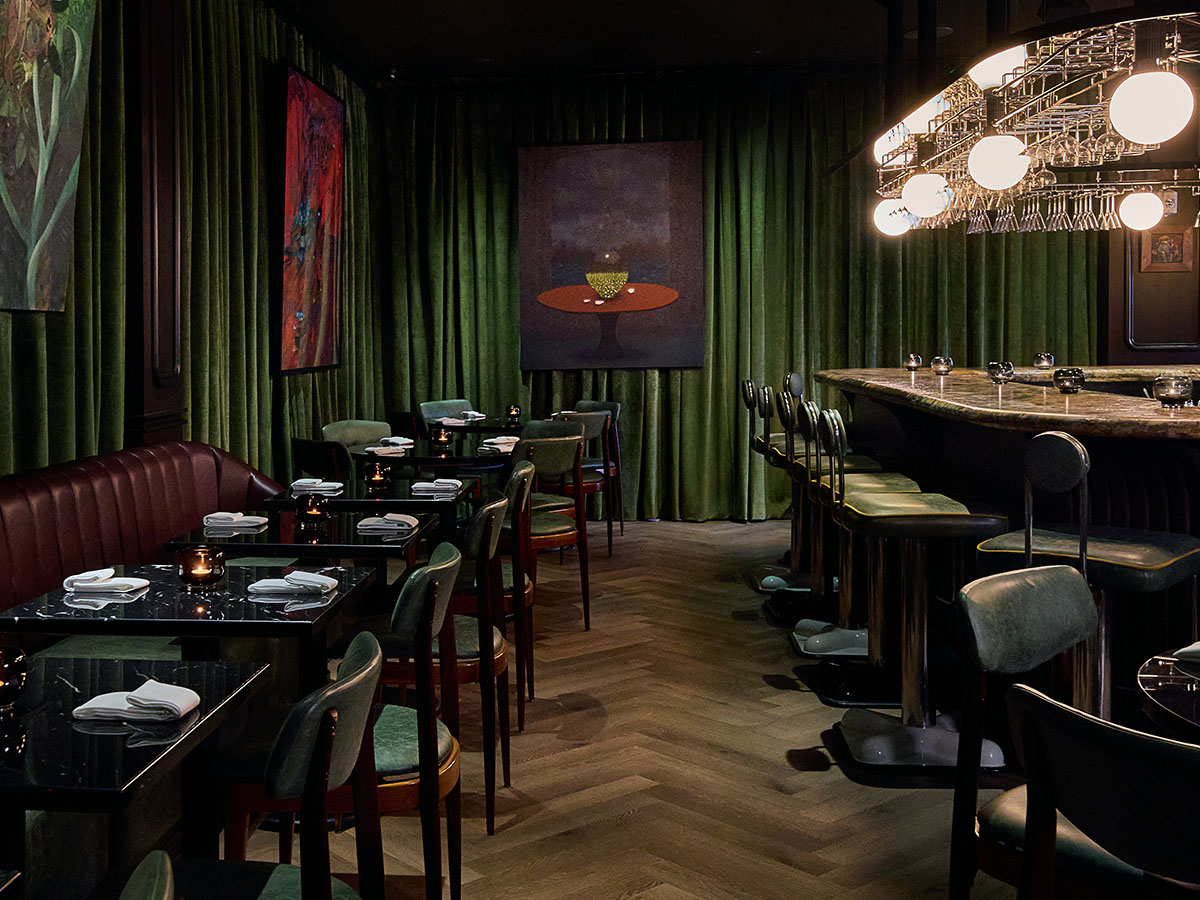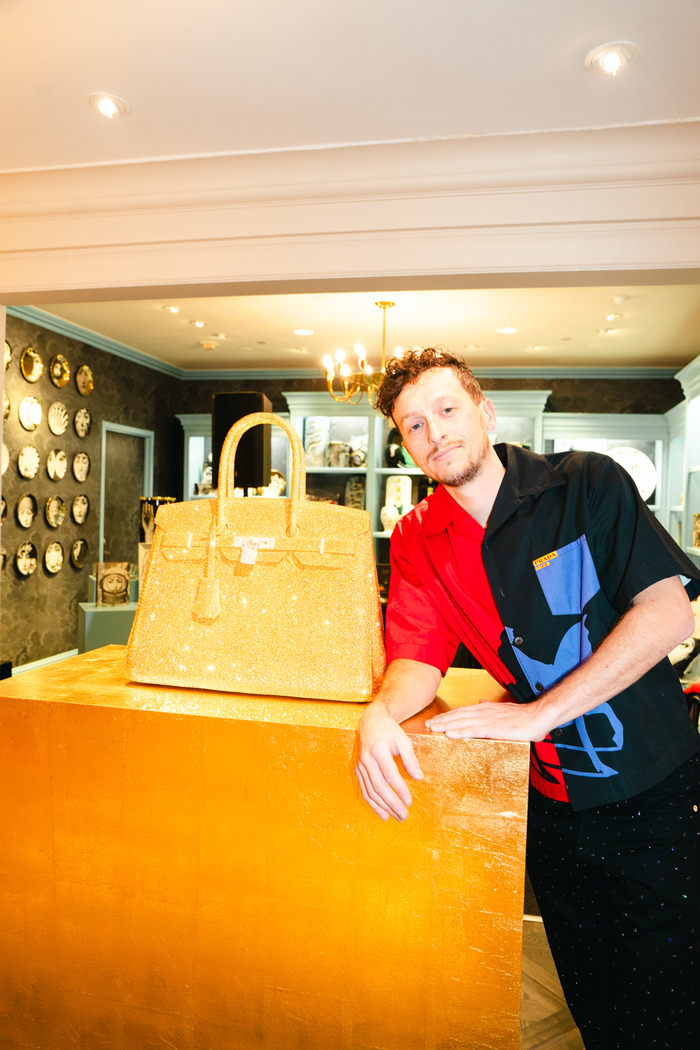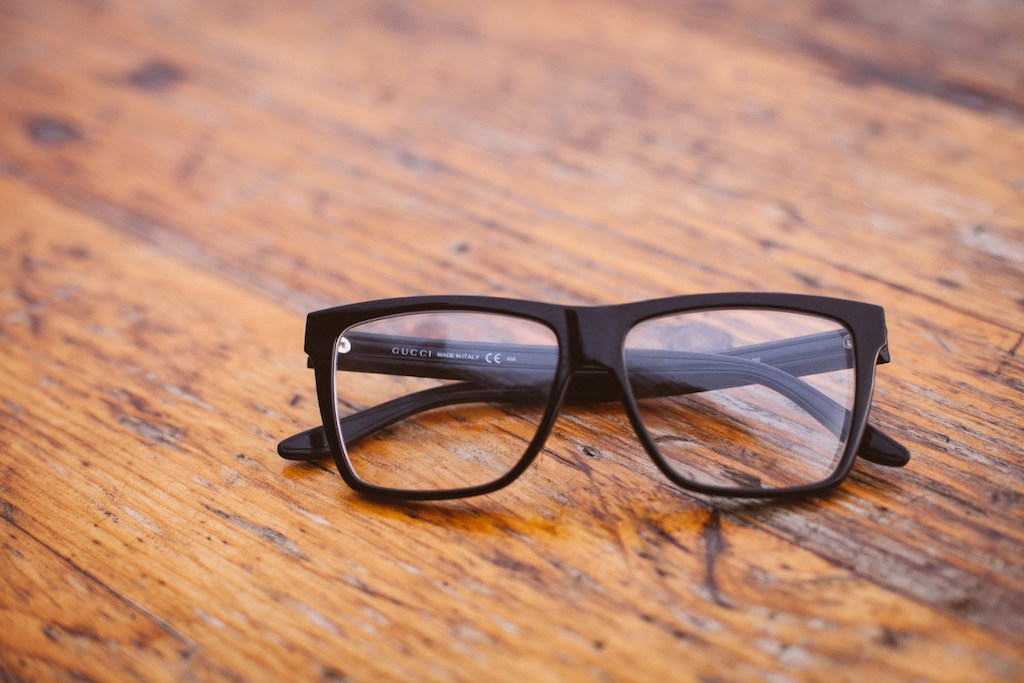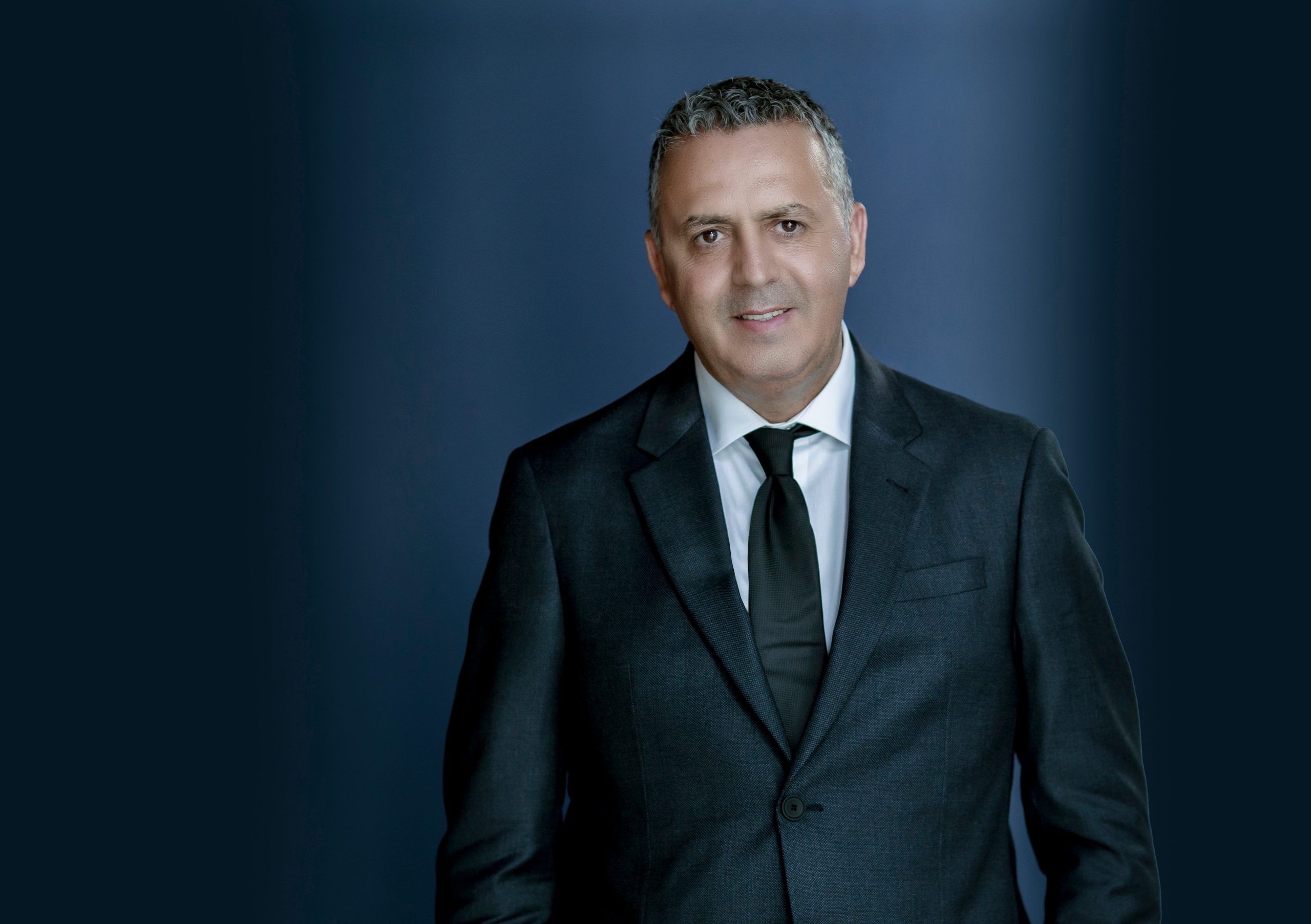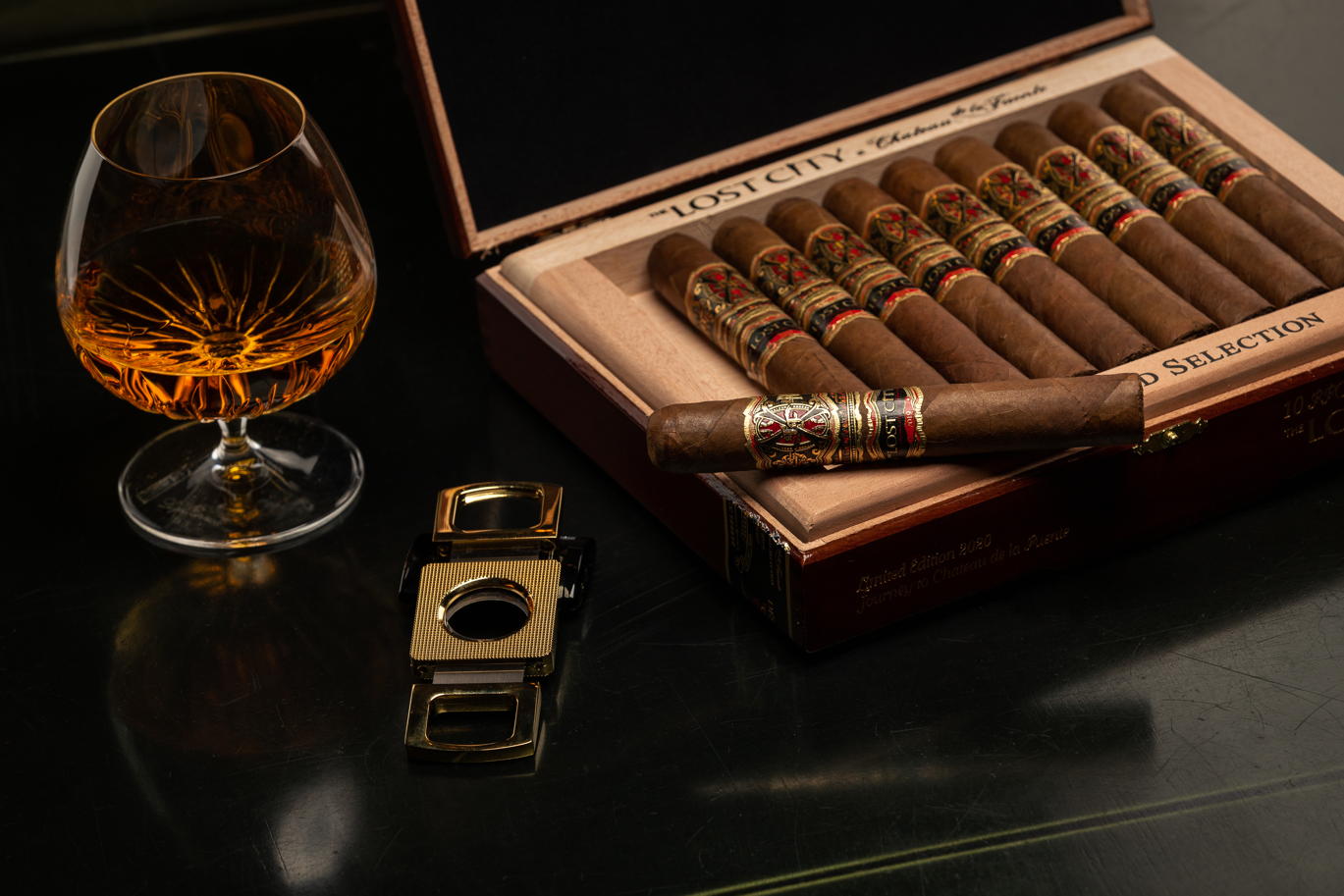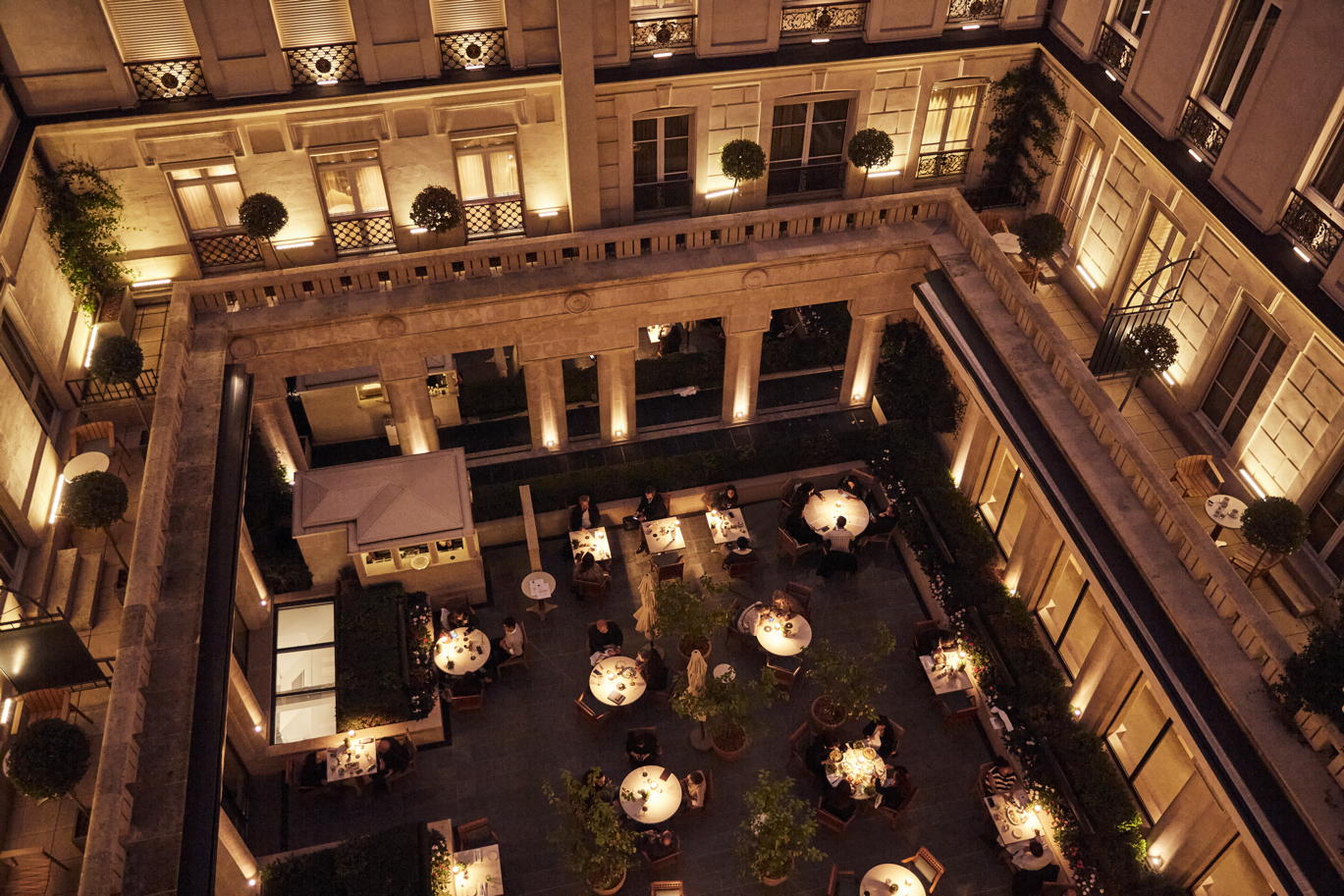Francis Ford Coppola Presents Commercial Vintage Wines
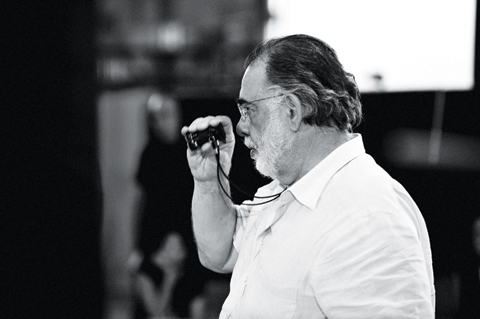
[highlight_text] “I feel we’ve brought a freshness, complexity, and sheer deliciousness [to the new vintage] worthy of the land that historically was responsible for some of the greatest American wines ever made.” [/highlight_text]
Winemaking and filmmaking are two great art forms that are very important in the development of California,” explains Francis Ford Coppola. “They both start with raw ingredients—in the case of wine, the land and the grapes, in the case of film, the script and the actors’ performances. The winemaker takes these raw materials and ferments and blends. He says yes to this batch, no to that one. The director does the same thing: a series of yes’s and no’s, from casting and costuming to edits and sounds mixes. In both cases, you have to start with top-notch raw materials—whether it’s the land or the script.”
When explained as such, it is easy to see the correlation between Coppola’s seemingly different career fields. While the Italian-American, who is celebrating his 70th birthday in April, may be best known to the world as director of the Godfather trilogy, Coppola also is celebrated for his fine wines. In the past 20 years, the five-time Oscar-winning director, writer, and producer’s résumé has expanded to include accomplished vintner, hotelier, restaurateur, magazine publisher, and cigar maker—an impressive array of fields that, he says, all come down to entertainment.
While Francis Ford Coppola is responsible for such flicks as Apocalypse Now, Bram Stoker’s Dracula, and The Rainmaker, in recent years, the Coppola appearing in theaters has been Francis’ Oscar-winning daughter Sofia (who directed, amongst other things, Lost in Translation, The Virgin Suicides, and Marie Antoinette). The elder Coppola was busy tending to his other ventures. But today, his career has come full circle from the time when he co-wrote the screenplays for The Godfather trilogy, which have been lauded as some of the top films of all time by the American Film Institute. In December 2007, Coppola released Youth Without Youth, and, on June 11, TETRO will open in limited release. He is quick to clarify that, although he went for a decade without putting out a commercial film, he never moved out of the film sector. “During the years between The Rainmaker and Youth Without Youth, I was working on several projects that, for one reason or another, did not come to fruition. I had a lot of unfulfilled creative energy which I put into expanding the wine and other businesses.”
He is currently putting the final touches on TETRO in Buenos Aires, Argentina, where the movie was filmed. TETRO is Coppola’s first original screen play since The Conversation (1974), and is being hailed as his most personal yet, a bittersweet story of two brothers, of family lost and found. “The film is filled with memories, impressions of my family. Even though it is a fictional story, I used what I know best: my own life,” he says. “TETRO has allowed me to explore and make the kind of personal story I’ve always wanted to tell. In a way, that has freed me, and I look forward to the future with great anticipation and the freedom to do whatever feels right.”
As he discovered during the filming of Youth Without Youth, which was entirely self-financed, he enjoys exploring his personal whims. His highly successful winemaking and resort ventures, which grossed half-billion dollars last year alone, provide the funds that allow him to call his own shots. “The benefit of self-financing is that you are not going hat-in-hand to a studio to fund your film. You can stretch your limits and the language of filmmaking without worrying about whether the film will be commercial, and you don’t have 25 producers looking over your shoulder every minute,” he says. “[In Youth Without Youth and TETRO,] I am the writer, producer, and director, so all the decisions—good or bad—are mine….I am very fortunate that the winery has been such a success that I can finance my own films, as long as I keep the budgets under $17 million.”
Not that $17 million is a bad budget to have, especially seeing as the winery and resorts that provide that capital came almost as an afterthought. He explains, “I had planned to have a summer retreat for my family near San Francisco….At first we were looking for a small cottage with a couple of acres of grapes, but the real estate agent said, ‘Oh, the Inglenook Estate is for sale. It’s not for you, but it will probably be your only chance to see it.’ Well, we saw it, fell in love, put a bid on it, and lost out.” Fortunately, the people who did buy the prime property wanted to develop it into housing lots, but California passed a “Green Belt” law to protect agricultural land. When the property went on the market a second time, Coppola acted swiftly. “We were determined to get it, and we did. It was only later that I realized we had purchased one of California’s great wine estates, and it was like a family that inherits a great race horse—you have to run it.”
So, after three years of selling the highly sought-after grapes, Coppola began to make commercial vintages, although it wasn’t until purchasing the remainder of the Rubicon Estate in 1995 and restoring it that things really took off. The vineyard embarked on a program of replanting, returning the estate to its glorious roots. Coppola’s drive to revive the winemaking came down to more than just a love of history, but a deep appreciation of wine itself. He says, “Wine is myth, history, geography, agriculture, religion, and much more. It is unlike any other beverage we consume, which makes it infinitely interesting.”
His passion for the grape is evident in everything the vineyard produces, which includes a number of different varieties such as Blancaneaux, Cask Cabernet, RC Reserve Syrah, Merlot, Cabernet Franc, Edizione Pennino, Cuvée Rutherford, and Rubicon, the estate’s flagship wine. Rubicon is made using 100 percent organically farmed grapes sourced solely from the estate’s vineyards. It is primarily a blend of cabernet sauvignon, which was first planted on the vineyard between 1882 and 1885 by Inglenook founder Gustave Niebaum. The vines that are producing now are a unique clone of the same genetic material as the vines Niebaum first planted on the vineyard, making Rubicon one of the most historically important wines in all of California.
March 15, Rubicon released the new 2005 vintage, which Coppola feels may be the finest vintage overall. “We are always striving to make the greatest wine that our vineyards can produce,” he explains. “I feel we’ve brought a freshness, complexity, and sheer deliciousness [to the new vintage] worthy of the land that historically was responsible for some of the greatest American wines ever made.” The wine is presented in an entirely new bottle and package design, the second since 1978, which now presents itself as wine from the Inglenook heritage. Coppola deems the 1995 his finest vintage, due to the season’s conditions, and he also has a soft spot for the 1979. Citing a fondness for his Napa Valley neighbors, he ranks Swanson, Staglin, and Shafer among his favorites. “I could go on and on,” he says, although he says he prefers to enjoy wine with food, rather than on its own.
In nearby Geyserville, Coppola also owns and operates Rosso & Bianco Winery. The vineyard produces Director’s Cut, Francis Coppola Reserve, Rosso & Bianco, and Sofia, a sparkling wine that is described as a tribute to the spirit and life of a young woman. Coppola explains, “These wines are inspired by [my daughter] Sofia, her impeccable taste, sense of design, and personality. I had always promised her that I would one day make a sparkling wine for her, and you must always keep your promises to your children.”
He was drawn to the wine business due to enthralling tales his uncles told of the winemaking process. He elaborates: “My first impression about wine was really at age five or six, and it comes from a memory of my father’s father, Augustino Coppola. In those days, during Prohibition, they would make wine in their New York City basement, in a big, homemade, concrete fermenter. They would buy a boxcar load of California grapes. Even though it was Prohibition, you were allowed to make wine for home use. I heard many stories of how happy they were when the grapes would come because they were locked up behind a trap door that led to the cellars. They liked the grapes, and they would lower their littlest brother—my uncle Mikey—down a rope in a box to steal. Of course, they got caught. They were lowering the box, and they heard the old man coming, and they dropped the box and Uncle Mikey landed in the grapes. This always seemed to me such a wonderful experience, a family making wine.”
And just as he was inexplicably drawn to the winemaking business, his resort holdings in Belize evolved naturally. “I guess I would sum it up by saying that I get involved in things I enjoy, and they grow and become businesses.” Example? In 1981, after Apocalypse Now, Coppola wanted his own jungle paradise where he could escape to write. After traveling to Belize, he wound up looking at a mountain lodge that was for sale. “When I looked in the windows of the [Blancaneaux] lodge, I said what has gotten me into a lot of trouble over the years: ‘Oh, I could write here.’” He restored the cabin, and eventually invited his family out for a stay, and he says the resort trickled open from there. He currently owns two resorts in Belize, Blancaneaux Lodge and Turtle Inn, as well as La Lancha in Guatemala.
Despite his hectic schedule that involves jaunting all around the globe, scouting and shooting new movie projects and keeping an eye on his resorts, he is still involved in every aspect of the wine estate, particularly in anything that has to do with the design “of the labels, the bottles, and the stained glass window at the top of the stairs and the mosaic at the entrance to the cave,” he says. One could guess that the filming process has honed his eye for the details. As he finds himself with more time to spend at the vineyard, he has become much more involved in the entire winemaking process, learning what he can so that he “can exercise more appropriately the important role in decision making of the wine grower and owner.”
Since becoming a vintner and hotelier just came so naturally, it is fitting that a restaurant and cuisine line would follow. He explains, “I’ve always cooked—initially out of necessity, since I was a student without any money. If I wanted to invite a girl on a date, I didn’t have the cash to take her to a restaurant, but I could prepare my dinner at my apartment for a fraction of the price, so I’d call my mother and ask, ‘Ma, how do you make such and such?’” The result of his passion for cooking is Mammarella’s, which means “little mama,” the Coppola family’s nickname for his mother, Italia Coppola. He progressed from cooking into the pasta and sauce business while helping out a little pasta company in Brooklyn that was in financial trouble. He says it was a small jump to developing a line of sauces from his own recipes.
After explaining the connection of all of his businesses, he sums it all up: “You know, when you think about everything I do—film, wine, food, resorts, our magazine ALL-STORY—they all stem from my own personal interests and passions, and they are all entertainment of one sort or another.” And thus, Coppola will continue to entertain, both on screen and off.

